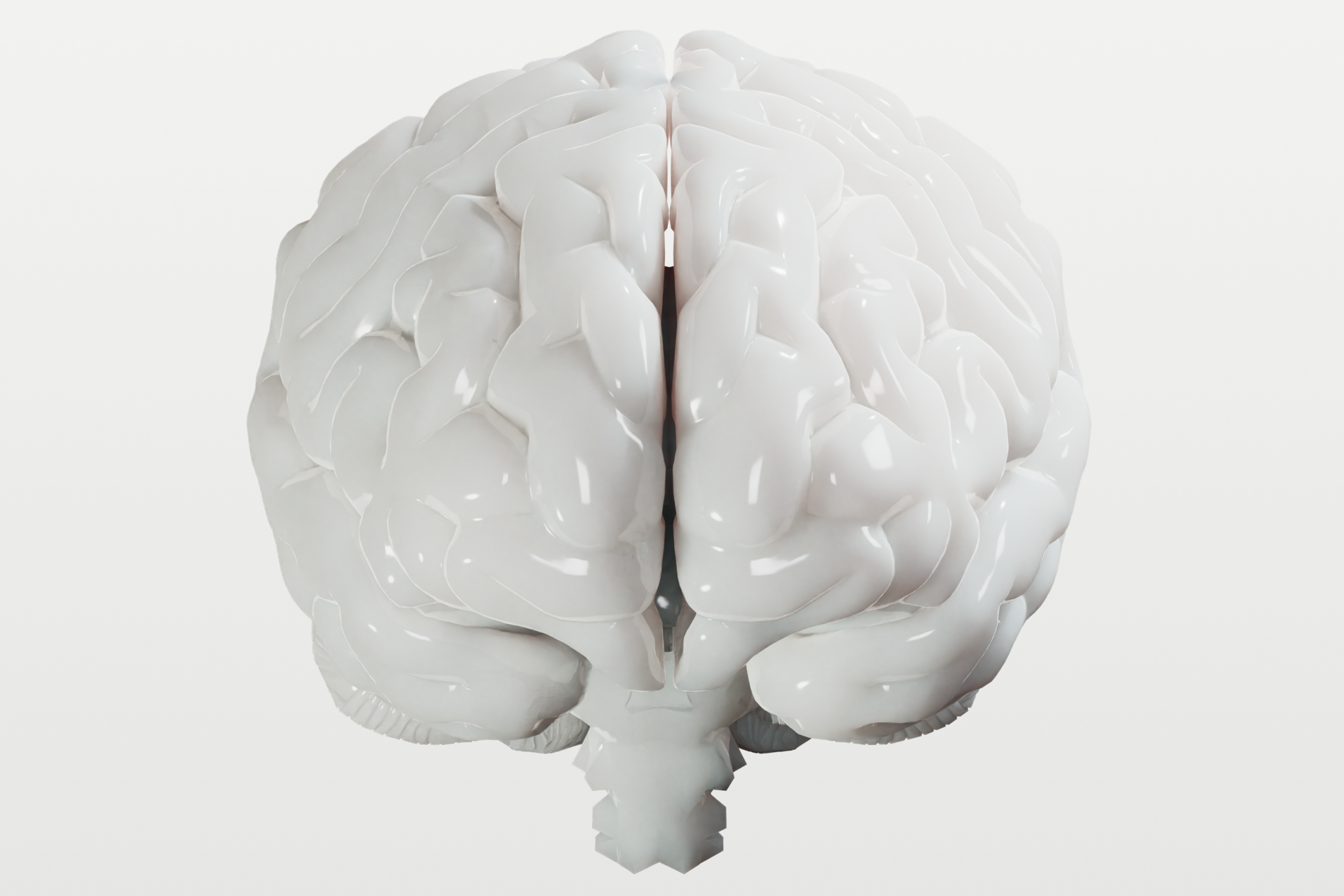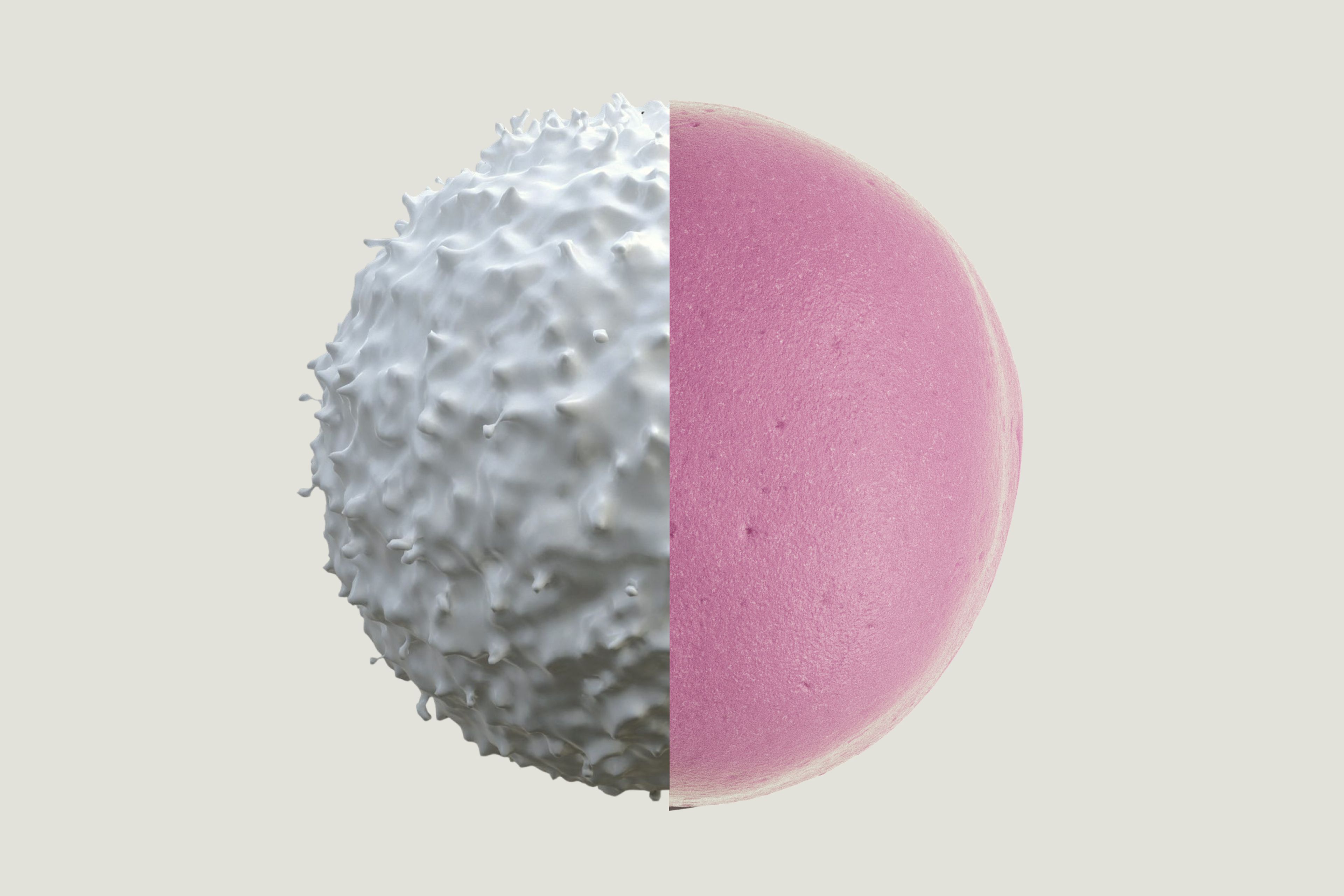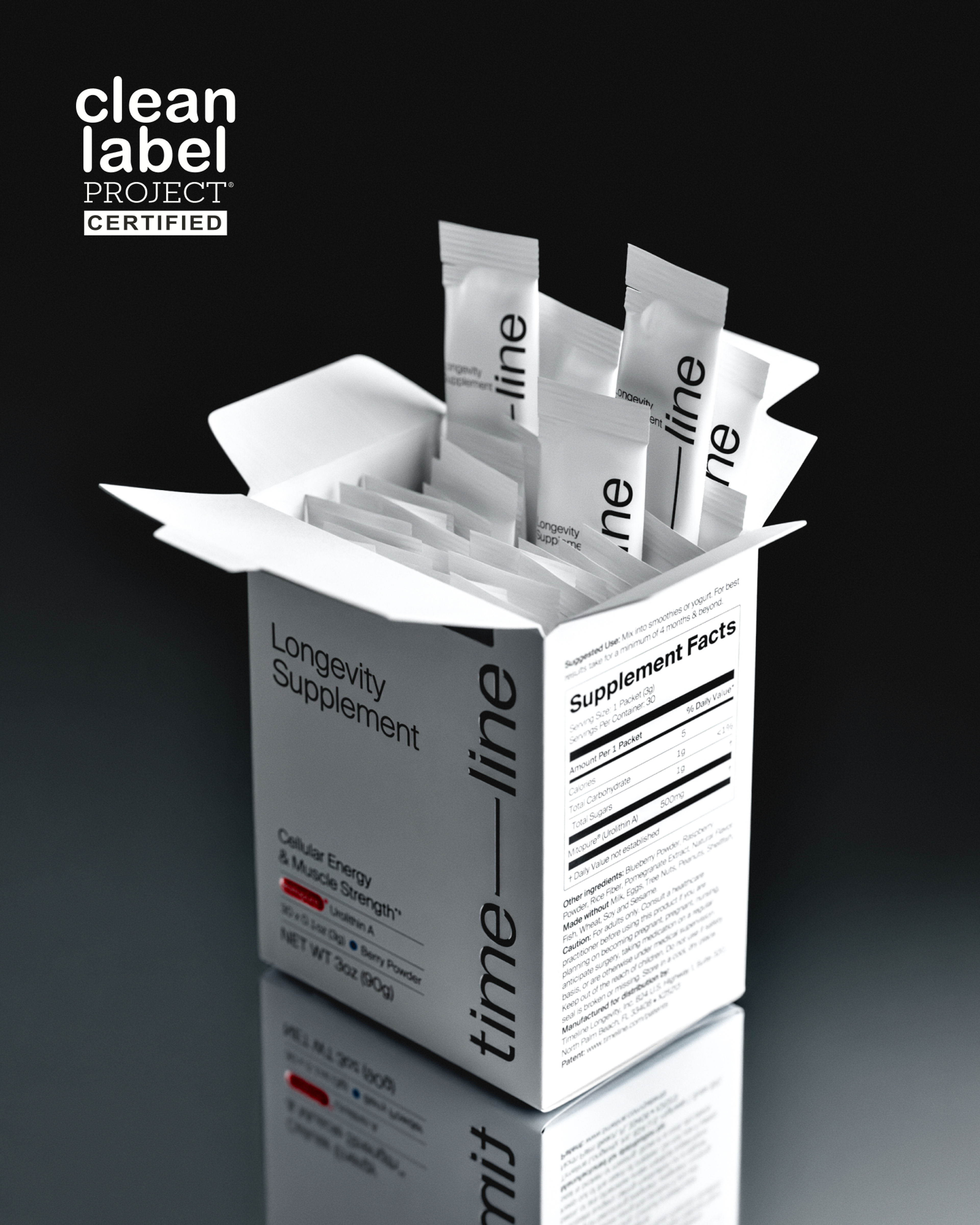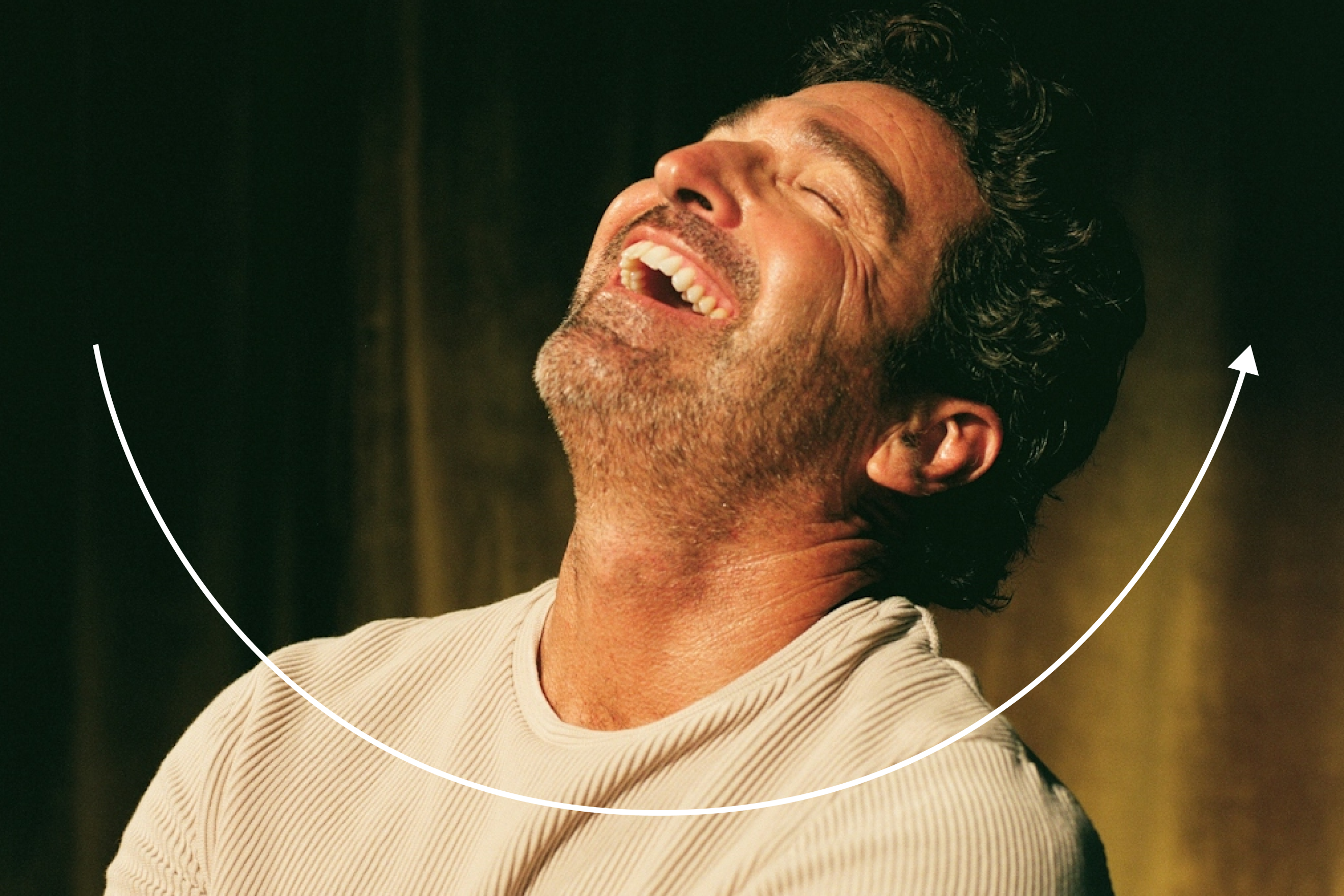New research on the role of mitophagy and brain aging
Exploring the intersection of brain inflammation and aging: how urolithin A may help reduce inflammation and maintain brain health with age

What to know
There are many changes in the brain with age, including an increase in inflammation and a decrease in cell breakdown and recycling.
With age, mitochondrial dysfunction also occurs, as well as a decrease in the breakdown of mitochondria known as mitophagy.
New research has shown that boosting mitophagy with Urolithin A may promote brain health with age.
As we navigate life, our brain undergoes subtle yet significant changes, especially as we age. Brain aging is an inevitable part of the human experience, but understanding the nuances of cognitive decline can empower us to preserve our mental sharpness. From memory lapses to slower processing speeds, the signs of aging in the brain can be daunting. However, emerging science offers new insights and strategies to combat these effects, promising a brighter, clearer future for our cognitive health.
In 2020, it was estimated that there were over 55 million people worldwide living with dementia. That number is expected to double every 20 years, reaching 139 million in 2050. Developing countries will be particularly affected by this increase.[1]
One of the changes that may occur in the brain as part of the normal aging process is an increase in inflammation. Inflammation is a normal response in the body, but when it becomes chronic, it may contribute to the development of disease. This state is known as “inflammaging” and is associated with the onset and progression of neurodegenerative conditions.[2]
Another change is a decrease in autophagy, which is the breakdown and recycling of old cells. The waste generated in the body must be removed to maintain the normal functioning of the body’s systems. Autophagy is important to maintain cellular health.[3]
Failure of autophagy has been shown to worsen conditions associated with aging, such as neurodegeneration[4]. With a decline in autophagy, waste products accumulate, inflammation increases, and there is a loss of neuronal cells.[5]

Mitochondria and the brain
Mitochondria are often referred to as the "powerhouses" of the cell due to their crucial role in generating cellular energy. However, as we age, mitochondrial dysfunction can occur, potentially contributing to the signs of aging we experience. Additionally, there is a decline in mitophagy, a specific form of autophagy that involves the removal of these dysfunctional mitochondria, further impacting our cellular health as we grow older.[6]
Role of Urolithin A in maintaining brain health
New research has highlighted a promising strategy to promote brain health involving Urolithin A (UA). UA is a compound produced in the gut from the antioxidants ellagitannins (ETs) and ellagic acid (EA), which are found in foods such as berries, nuts, and pomegranates.
UA has been extensively studied in research related to healthy aging. These studies showed that UA enhances cellular health by increasing mitophagy and mitochondrial function.[7]

Results of recent research on urolithin A and brain health
A new study is now shedding light on the complex role of mitochondria, mitophagy, and aging. A team of researchers from the University of Fribourg in Switzerland was interested in finding out whether boosting the process of mitophagy may help maintain health with age. This was an important question to address, given that both mitochondrial dysfunction and a decline in mitophagy are two hallmarks of aging.[8]
The team hypothesized that upregulation of mitophagy might help combat some of the problems associated with the normal aging process, such as neuroinflammation and decline of neurological and visual function. This was based on previous research that has shown the potential of mitophagy to increase lifespan and health span in animal models.[9]
"...they found that mice given UA showed improved memory and dark vision compared to those that were not."
First, the study found differences in the rate of mitophagy in different tissues and organs in older mice. They also learned that a pathway involving proteins called PINK1 and Parkin, which helps flag damaged mitochondria for cleanup, was more active in older tissues. This was seen as a compensatory mechanism to remove dysfunctional mitochondria, mitigate age-related mitochondrial dysfunction and oxidative stress, and curtail inflammation. The scientists also saw many of the same aging and inflammatory pathways triggered in mouse cells in cells from human donors, suggesting that these age-related changes happen across species.[10]
Next, the researchers wanted to test their hypothesis that inducing mitophagy Urolithin A would ameliorate many of the deleterious effects that are seen with aging, such as neurological decline and changes in vision.
Results of the study showed that inducing mitophagy through UA slowed the decline of neurological and other types of functioning in mice. For example, they found that mice given UA showed improved memory and dark vision compared to those that were not. They also observed a significant downregulation of specific pathways associated with inflammation, leading to a reduction in neuroinflammation.[11]
The researchers concluded that inducing mitophagy may be a way to slow the progression of aging.
Final thoughts
With age, there is a decline in mitochondrial function and the cellular clean-up and renewal process that contributes to how and why we age. This new research highlights the vast potential that mitophagy inducers may play in healthy aging and no doubt will lead to clinical trials that will tell us much more about how this strategy can be leveraged in humans.
Authors

Written by
Professor of Nutrition & Scientific Writer

Reviewed by
Lead Regulatory Affairs & Scientific Manager Alliances at Timeline
References
- ↑
Alzheimer’s Disease International. Dementia Statistics. https://www.alzint.org/about/dementia-facts-figures/dementia-statistics/ (accessed April 5, 2024)
- ↑
Franceschi C, Bonafè M, Valensin S, Olivieri F, De Luca M, Ottaviani E, De Benedictis G. Inflamm-aging. An evolutionary perspective on immunosenescence. Ann N Y Acad Sci. 2000 Jun;908:244-54. doi: 10.1111/j.1749-6632.2000.tb06651.x. PMID: 10911963.
- ↑
Boya P, Reggiori F, Codogno P. Emerging regulation and functions of autophagy. Nat Cell Biol. 2013 Jul;15(7):713-20. doi: 10.1038/ncb2788. Erratum in: Nat Cell Biol. 2013 Aug;15(8):1017. PMID: 23817233; PMCID: PMC7097732.
- ↑
Barbosa MC, Grosso RA, Fader CM. Hallmarks of Aging: An Autophagic Perspective. Front Endocrinol (Lausanne). 2019 Jan 9;9:790. doi: 10.3389/fendo.2018.00790. PMID: 30687233; PMCID: PMC6333684.
- ↑
Moujalled D, Strasser A, Liddell JR. Molecular mechanisms of cell death in neurological diseases. Cell Death Differ. 2021 Jul;28(7):2029-2044. doi: 10.1038/s41418-021-00814-y. Epub 2021 Jun 7. PMID: 34099897; PMCID: PMC8257776.
- ↑
Chistiakov DA, Sobenin IA, Revin VV, Orekhov AN, Bobryshev YV. Mitochondrial aging and age-related dysfunction of mitochondria. Biomed Res Int. 2014;2014:238463. doi: 10.1155/2014/238463. Epub 2014 Apr 10. PMID: 24818134; PMCID: PMC4003832.
- ↑
D'Amico D, Andreux PA, Valdés P, Singh A, Rinsch C, Auwerx J. Impact of the Natural Compound Urolithin A on Health, Disease, and Aging. Trends Mol Med. 2021 Jul;27(7):687-699. doi: 10.1016/j.molmed.2021.04.009. Epub 2021 May 21. PMID: 34030963.
- ↑
López-Otín, C., Blasco, M. A., Partridge, L., Serrano, M. & Kroemer, G. Hallmarks of aging: An expanding universe. Cell 186, 243–278 (2023).
- ↑
Ryu, D. et al. Urolithin A induces mitophagy and prolongs lifespan in C. elegans and increases muscle function in rodents. Nat. Med. 22, 879–888 (2016).
- ↑
Jiménez-Loygorri JI, Villarejo-Zori B, Viedma-Poyatos Á, Zapata-Muñoz J, Benítez-Fernández R, Frutos-Lisón MD, Tomás-Barberán FA, Espín JC, Area-Gómez E, Gomez-Duran A, Boya P. Mitophagy curtails cytosolic mtDNA-dependent activation of cGAS/STING inflammation during aging. Nat Commun. 2024 Jan 27;15(1):830. doi: 10.1038/s41467-024-45044-1. Erratum in: Nat Commun. 2024 Feb 19;15(1):1504. PMID: 38280852; PMCID: PMC10821893. - ↑
Jiménez-Loygorri JI, Villarejo-Zori B, Viedma-Poyatos Á, Zapata-Muñoz J, Benítez-Fernández R, Frutos-Lisón MD, Tomás-Barberán FA, Espín JC, Area-Gómez E, Gomez-Duran A, Boya P. Mitophagy curtails cytosolic mtDNA-dependent activation of cGAS/STING inflammation during aging. Nat Commun. 2024 Jan 27;15(1):830. doi: 10.1038/s41467-024-45044-1. Erratum in: Nat Commun. 2024 Feb 19;15(1):1504. PMID: 38280852; PMCID: PMC10821893.

·
Nutrition·
Studies·
New Study: Urolithin A Revitalizes an Aging Immune System

·
Nutrition·
Studies·
Urolithin A and Immune Health, A Breakthrough Discovery

·
Nutrition·
Studies·










